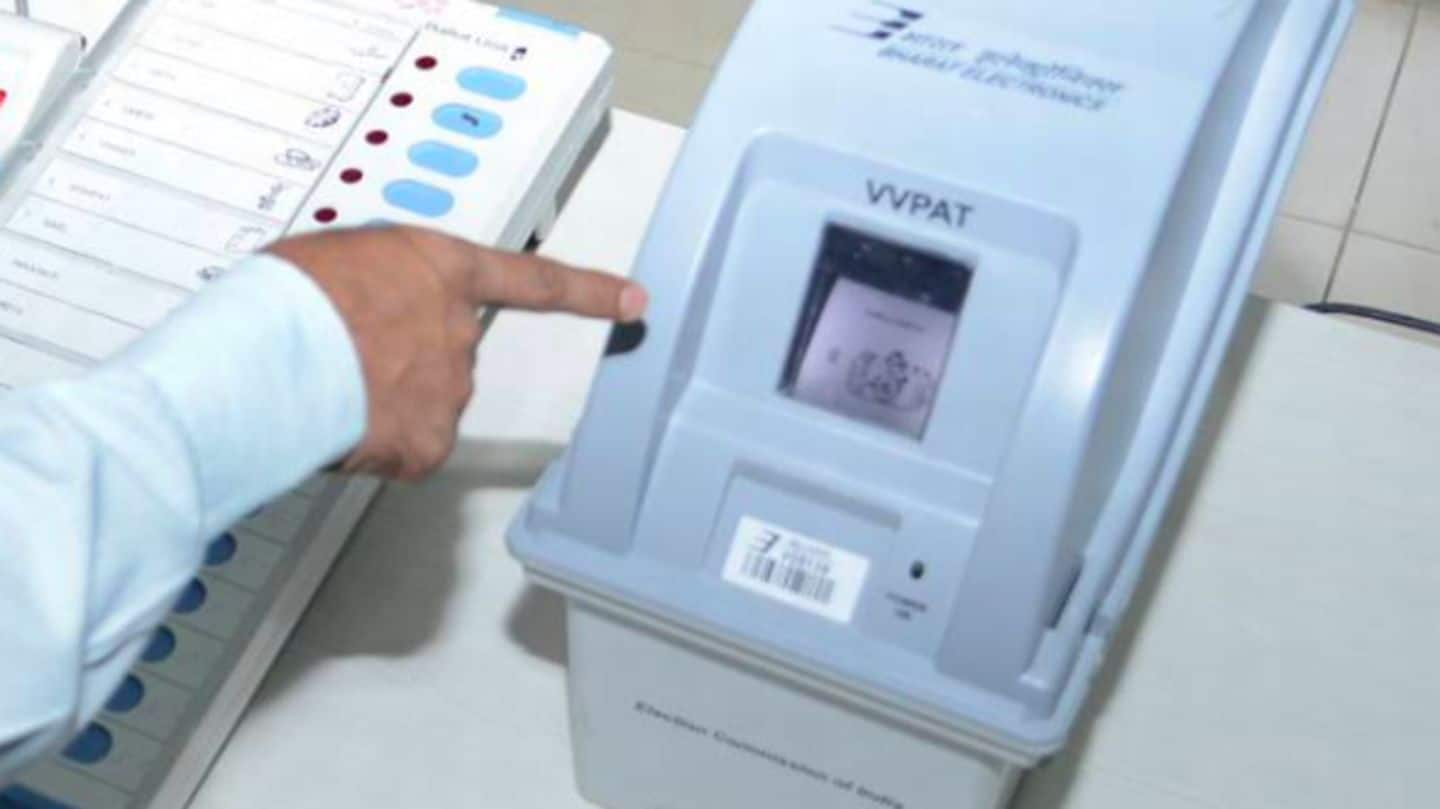
Using VVPATs to detect tampered EVMs is a good idea?
What's the story
In the wake of rising complaints of tampered electronic voting machines (EVMs) hindering fair polling, the Election Commission of India (ECI) will use Voter Verifiable Paper Audit Trail (VVPAT) machines in the 2019 elections. Sure, they will help ascertain the rigged EVMs. But is it viable to tally the results of 1.8 million EVMs across 543 Lok Sabha constituencies with VVPATs? We elaborate.
Explained
What are VVPAT machines?
VVPAT provides feedback to voters, informing them whether their vote has gone to the intended candidate. An independent verification printer machine attached to the EVMs, it generates a unique paper slip containing the candidate's name and symbol for each vote cast. Tallying VVPAT's results with the aggregate count from respective EVMs can help find out whether the EVM was tampered with or not.
Importance
Why the need?
To establish that it's not possible to compromise an EVM's integrity, the ECI organized a hackathon challenge in June 2017, inviting political parties to hack the machines. Though none could do it, it hasn't quelled suspicions. Use of VVPATs ensures greater transparency during elections and thus restores the faith of voters in the polling process.
Implementation
How does ECI plan to do it?
Though VVPATs have been used in certain election phases, they have never been deployed at all-India level, which will be a mammoth task. But in May 2017, the ECI released a note saying, "The Commission will count VVPAT slips up to a definite percentage. The ECI will be shortly evolving an appropriate framework in this regard." The ECI is yet to announce this proportion.